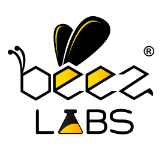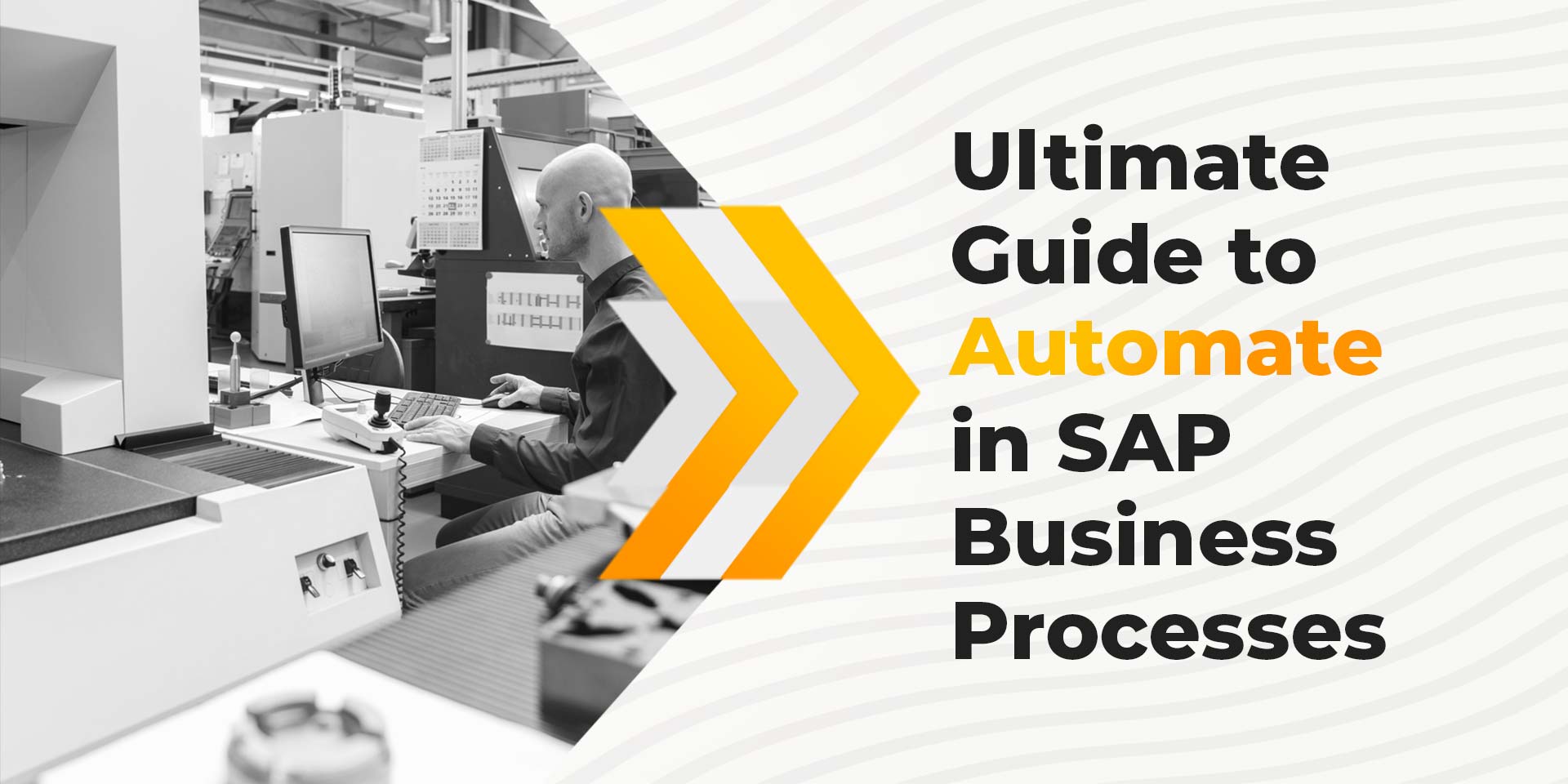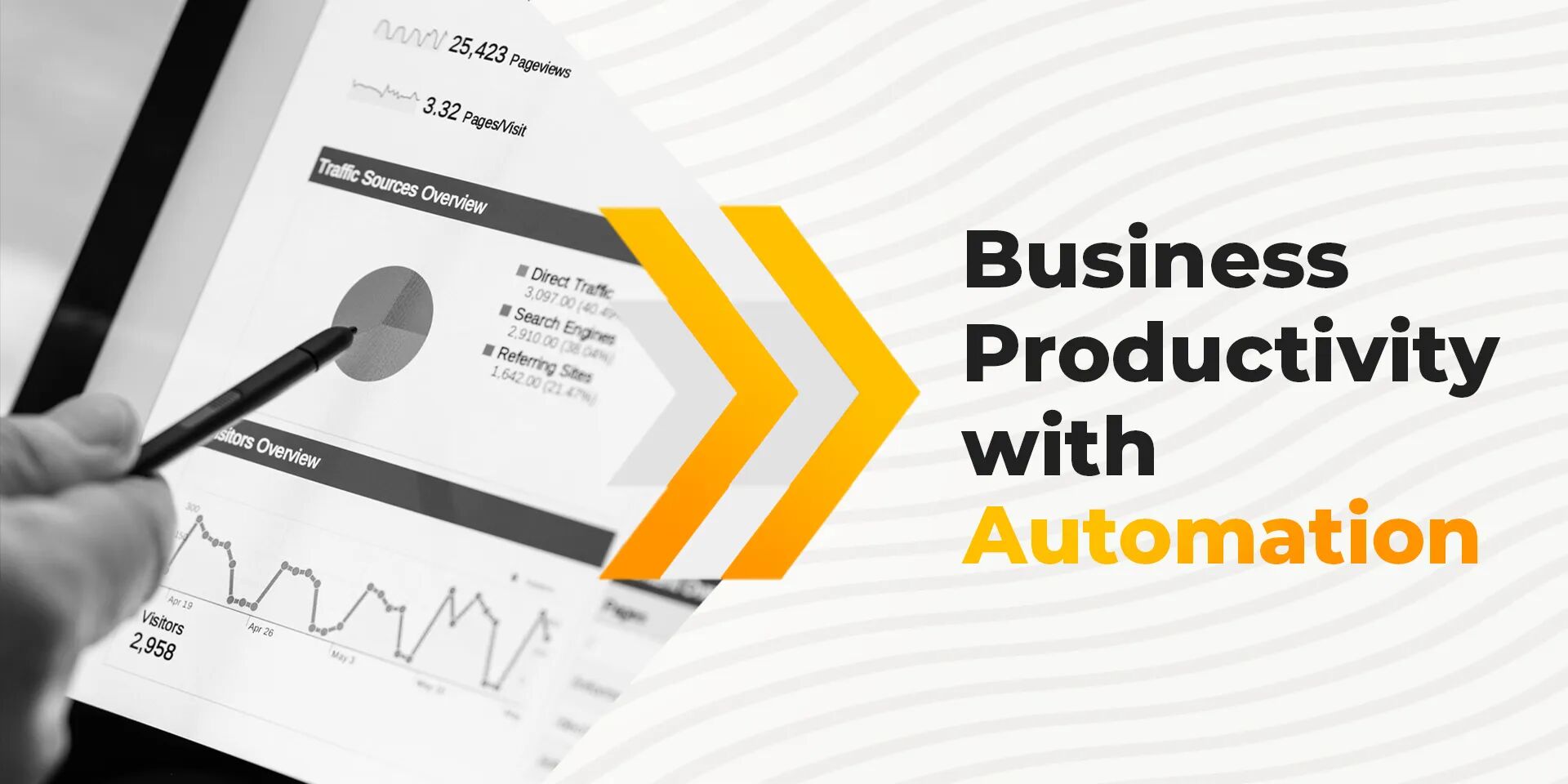Automation
Accelerating Bot Development with Multi-Tool Strategy- Building More Processes with Less Cost


- Table of Contents
- Introduction
- The Rise of RPA and Intelligent Automation
- Scalability Challenges in Automation
- Embracing a Multi-Tool Strategy
- The Need for a Universal Orchestrator
- Overcoming Cost Challenges
- Conclusion
Introduction
In the ever-evolving landscape of automation, businesses are constantly seeking innovative ways to enhance efficiency and reduce costs. Robotic Process Automation (RPA) and Business Process Automation (BPA) have emerged as transformative technologies, streamlining tasks, minimizing errors, and unlocking new levels of productivity. However, to truly harness the power of automation, adopting a multi-tool strategy is essential. A single-vendor approach is no longer sufficient, and organizations must embrace the concept of 'best-of-breed' tools to accelerate bot development and cut costs.
The Rise of Robotic Process Automation (RPA) and Intelligent Automation
RPA: The Catalyst for Operational Excellence
Robotic Process Automation (RPA) has been a game-changer for organizations, automating rule-based, repetitive tasks to augment human capabilities. RPA bots mimic user interactions with various systems, enabling the seamless execution of business processes. This not only reduces the risk of errors but also liberates human resources from mundane tasks, allowing them to focus on more strategic and value-added activities.
Intelligent Automation: Beyond the Basics
While RPA marked the initial wave of automation, Intelligent Automation takes it a step further by incorporating Artificial Intelligence (AI) and Machine Learning (ML) capabilities. This evolution empowers bots to handle unstructured data, make decisions, and continuously improve their performance over time. By combining RPA with cognitive technologies, businesses can automate more complex and dynamic processes.
Scalability Challenges in Automation
As organizations expand their automation initiatives, scalability becomes a critical concern. A common pitfall is the reliance on a single tool or technology stack, limiting the scope of automation and impeding future scalability. A multi-tool strategy addresses this challenge, allowing businesses to leverage the strengths of different tools for varied processes.
Embracing a Multi-Tool Strategy
Diversification for Enhanced Efficiency
Integrating multiple automation tools, such as RPA and BPA, enables businesses to choose the right solution for each specific task or process. For routine, rule-based tasks, RPA may be the optimal choice, while BPA can be employed for more complex end-to-end processes. This diversification ensures that the strengths of each tool are maximized, leading to overall improved efficiency.
Business Process Automation (BPA): Orchestrating Complexity
BPA extends the automation spectrum beyond the capabilities of RPA by orchestrating entire business processes. It involves the integration of various systems and applications to create an end-to-end automated workflow. BPA is particularly effective in scenarios where tasks involve multiple systems, departments, or decision points, providing a comprehensive solution for complex processes.
The Need for a Universal Orchestrator
Streamlining Automation Management
While a multi-tool strategy offers flexibility and efficiency, managing diverse tools can be challenging. Here, a universal orchestrator plays a pivotal role in providing a centralized platform for managing, monitoring, and optimizing all automation processes. This orchestrator acts as the nerve center, ensuring seamless coordination among various tools and facilitating a holistic approach to automation.
Center of Excellence (CoE): Nurturing Expertise
To further enhance the effectiveness of a multi-tool strategy, establishing a Center of Excellence (CoE) is crucial. A CoE serves as a dedicated team responsible for defining best practices, standardizing processes, and ensuring the successful deployment of automation initiatives. This centralized expertise accelerates the learning curve, reduces implementation risks, and fosters a culture of continuous improvement within the organization.
Scaling Operational Processes
In addition to streamlining automation management and nurturing expertise, a universal orchestrator also offers scalability. As an organization's automation needs grow, the orchestrator can easily accommodate the increased volume without disrupting existing processes or requiring significant changes. A resilient automation strategy includes the ability to scale operational processes, enabling organizations to meet evolving business demands efficiently.
Moreover, by providing a centralized platform for all automation processes, a universal orchestrator increases visibility and control. This enables organizations to track performance
Overcoming Cost Challenges
Maximize Return on Investment (ROI)
One of the primary advantages of a multi-tool strategy is its potential to optimize costs. By selecting the most suitable tool for each task, organizations can avoid overcommitting resources to a single, expensive solution. This not only lowers initial investment but also maximizes the return on investment by tailoring automation tools to specific business needs.
Flexibility in Compliance and Deployment
Different automation tools come with varying licensing models and deployment options. A multi-tool strategy enables organizations to choose tools with cost-effective licensing structures and deployment models that align with their budgetary constraints. This flexibility ensures that automation initiatives remain financially viable and adaptable to changing business requirements. Compliances, such as security and data privacy, can also be met efficiently with a carefully selected mix of tools.
Conclusion
A multi-tool strategy offers numerous benefits for organizations seeking to implement automation. By leveraging the strengths of different tools, businesses can not only optimize costs and increase ROI but also achieve scalability, flexibility, and compliance. Therefore, taking a universal orchestrator approach is recommended to unify all automation processes under one platform and reap the full potential of a multi-tool strategy.
With this approach, organizations can take full advantage of the diversity of automation tools available in the market and drive digital transformation toward a more efficient, productive, and profitable future. Continually assess and reassess business needs, and tailor a multi-tool strategy accordingly to stay ahead of the curve and achieve long-term success in today's rapidly evolving digital era. Embrace the power of a multi-tool strategy, and watch your organization thrive in the age of automation!







































